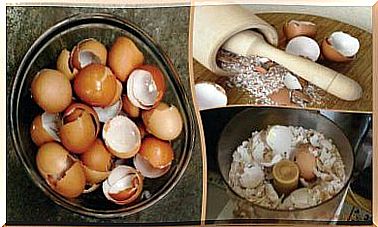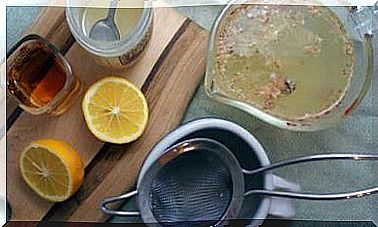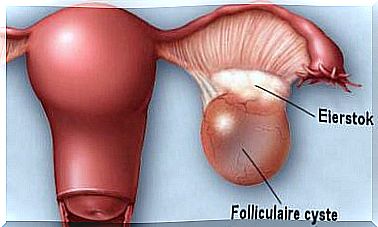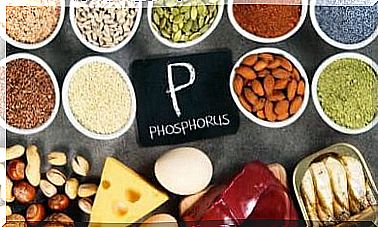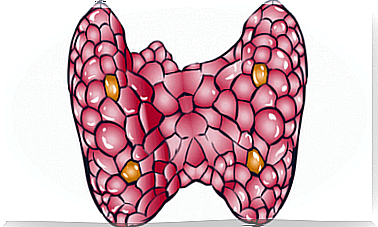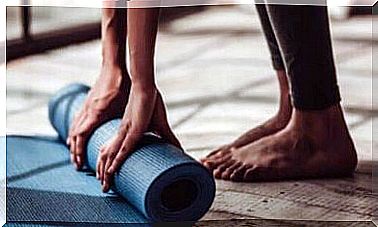Scarlet Fever In Children: Symptoms And Treatments
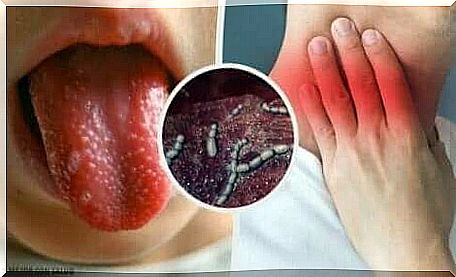
Have you ever heard of scarlet fever in children? It is a contagious disease that usually affects children between 3 and 8 years old. If you want to know how it spreads, what the symptoms are and what treatments there are, keep reading!
Scarlet fever in children
Scarlet fever is a bacterial infection that usually occurs in children and is caused by group A streptococci. In fact, these are the bacteria that also cause strep throat and skin infections. In the case of scarlet fever, these bacteria begin to produce a toxin that causes the red rash that gives this disease its name.
How does scarlet fever spread?
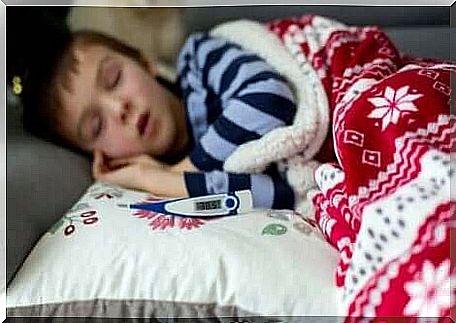
Like other bacteria, strep is spread through droplets of saliva or mucus that an infected person releases into the air by coughing or sneezing. When someone comes into contact with these fluids and then touches their nose, mouth or eyes, they transfer the bacteria to their own body.
On the other hand, it is also possible to get scarlet fever by coming into contact with skin ulcers caused by streptococci. If your child has this condition, wash your hands well after helping them apply cream to help with the itching.
Symptoms of Scarlet Fever in Children
The symptoms of scarlet fever in children are similar to other skin rashes. However, some features are different, which helps pediatricians diagnose the disease. Some of the main symptoms include:
- A reddish rash that appears on the face and neck, but without affecting the mouth. The rash slowly spreads to the armpits, chest, and groin until it covers the entire body. Then the red spots start to set up and feel rough like sandpaper.
- Fever higher than 38 degrees Celsius.
- Sore throat that makes it difficult to swallow. The tonsils may also be inflamed.
- Sometimes the tongue is swollen. In addition, the tongue may be covered with a white layer which then turns reddish and shows small bumps.
- Cold shivers.
- Vomiting and abdominal pain.
If your child has more than one of these symptoms, don’t hesitate to contact the doctor. The doctor can make the diagnosis by having a streptococcal examination or throat culture performed. Scarlet fever in children can be treated with antibiotics if necessary, as it is a bacterial disease.
The treatment of scarlet fever in children
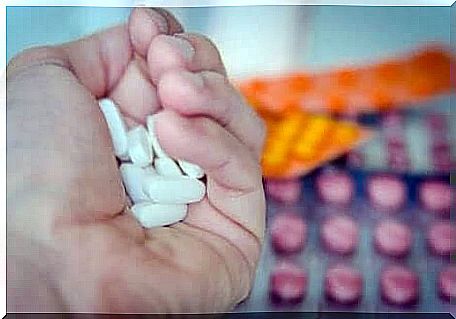
As we mentioned, scarlet fever is caused by bacteria. This makes it possible to take antibiotics prescribed by the doctor to fight the infection. Antibiotics are usually prescribed orally. However, if the child refuses to take the medication, the doctor may prescribe injections or an IV. However, this happens very rarely.
As for the fever, the treatment is the same as with any other fever-causing disease. If necessary, give your child paracetamol in the dosage prescribed by your doctor. That way you can control your child’s discomfort and fever.
General advice
Remember to check how much your child drinks. It is very important to drink enough to prevent dehydration. In addition, here are some other things you can do to ease your little one’s discomfort:
- Prepare food that is easy to eat. For example, prepare soups, purees, pasta or boiled vegetables. These dishes are easy to swallow.
- Give your child freshly squeezed juices.
- Offer your child something to drink regularly to reduce strep throat and prevent dehydration.
- Make smoothies or milkshakes with milk and fruit – nutritious, fresh and tasty!
- Apply some cream to reduce the itching on your child’s skin.
- Oatmeal can be another way to relieve itching. You should mix a little in the bath water and let your child relax, lie or play in it.
- Trim your child’s nails to avoid scratching the skin.
If your child still has a fever, upset stomach, vomiting or open skin wounds after 48 hours, contact your doctor. The specialist will want to check whether the recovery is going well and whether medical intervention is necessary.


